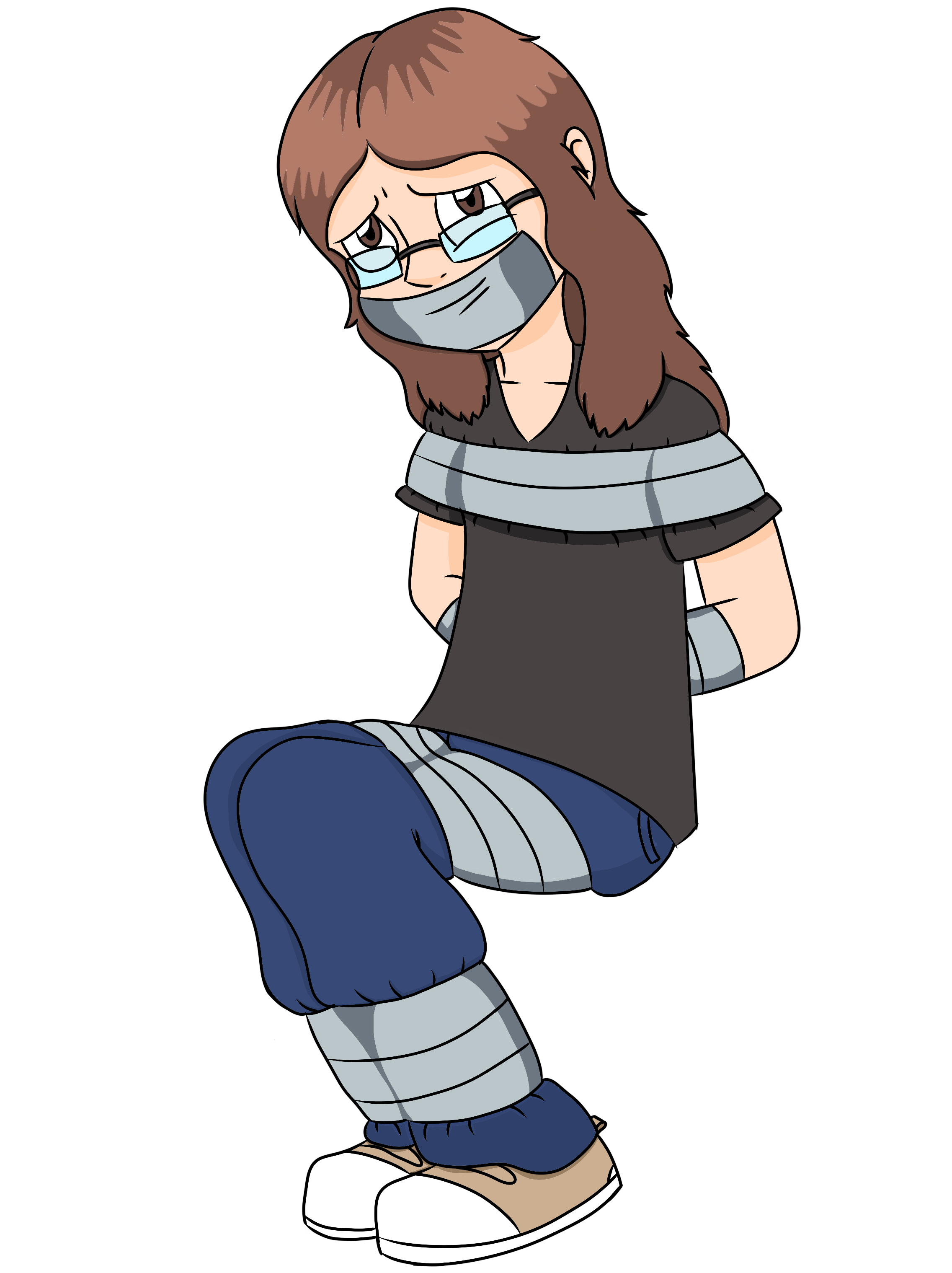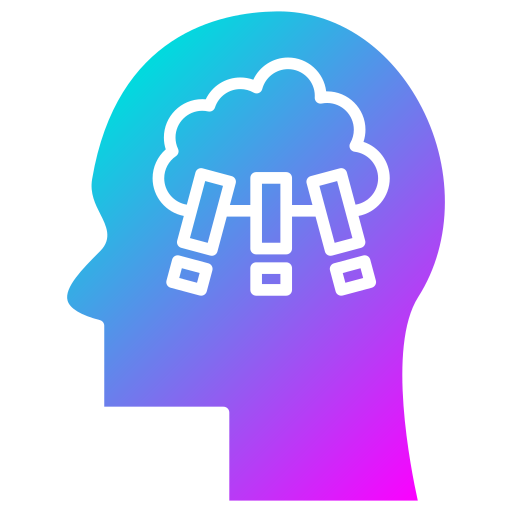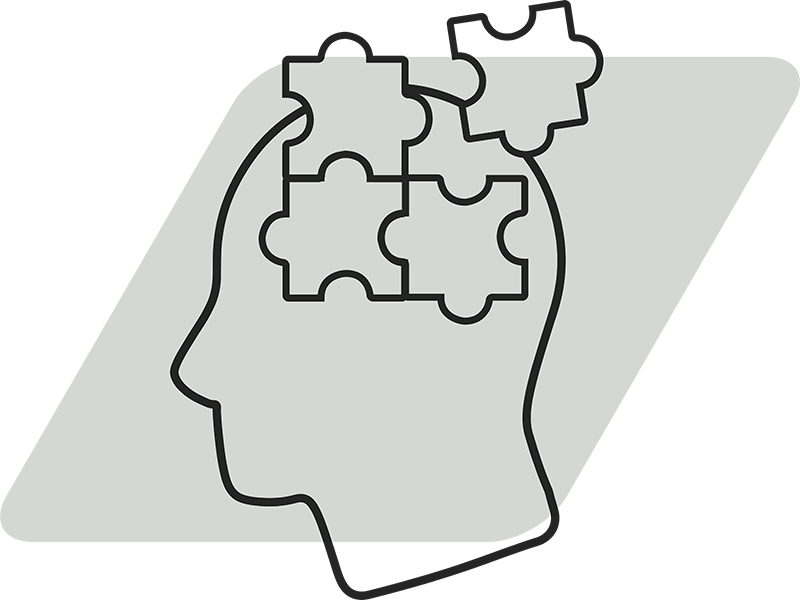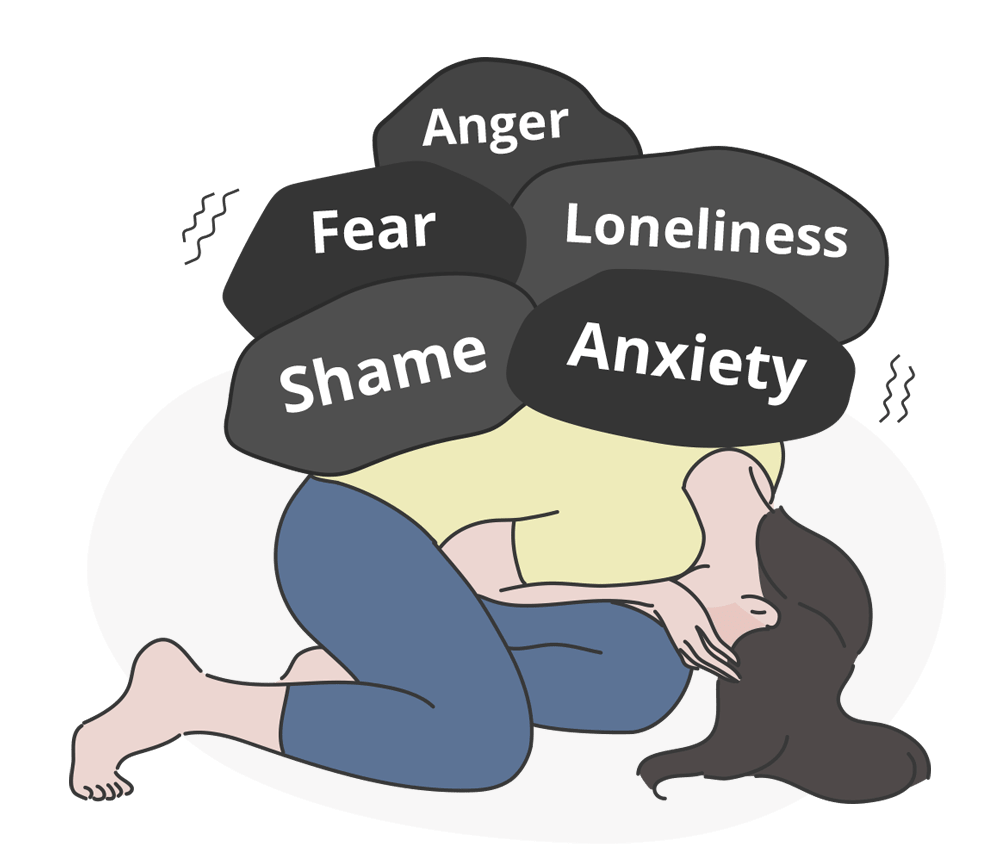Download top and best high-quality free Distress PNG Transparent Images backgrounds available in various sizes. To view the full PNG size resolution click on any of the below image thumbnail.
License Info: Creative Commons 4.0 BY-NC
Distress is a common term used to describe a state of emotional or psychological suffering or pain. It is a feeling of being overwhelmed, helpless or hopeless in a difficult situation. Distress is not only a feeling, but it can also lead to physical symptoms such as headaches, fatigue, and muscle tension.
Causes of Distress
Distress can be triggered by various life situations, including:
- Relationship Issues: problems in relationships or facing a break-up or divorce.
- Work/career stress: work overload, dealing with difficult bosses or colleagues, or job loss.
- Financial difficulties: struggling to pay bills or experiencing a job loss.
- Health issues: chronic pain or illness, physical disability, and mental health issues.
- Life change: major life changes such as the death of a loved one or a significant move can also cause distress.
Symptoms of Distress
Everyone experiences distress differently. Some common symptoms of distress include:
- Anxiety or panic attacks
- Feeling sad, tearful, or hopeless
- Excessive worry or fear
- Irritability or anger
- Variations in appetite and weight
- Feeling guilty or worthless
- Difficulty sleeping or excessive sleeping
- Difficulty concentrating or making decisions
- Physical symptoms such as headaches, stomach upset, or muscle tension
Managing Distress
Distress is a common human experience; everyone goes through it, and there are many ways to manage it. Here are a few tips to try:
- Identify Your Triggers: Try to identify what triggers your distress. Once you recognize your sources of distress, you will be better prepared to manage them.
- Seek Out Support: Don’t be afraid to ask for help from friends, family, or a mental health professional. They can provide guidance and support.
- Practice Relaxation Techniques: Techniques such as deep breathing or meditation can help you to manage physical symptoms of distress such as muscle tension or headaches. Seeking out enjoyable distractions or hobbies can also be beneficial.
- Make Healthy Lifestyle Changes: Improving your physical health through regular exercise, healthy eating, and getting enough sleep can improve your overall mood and increase your ability to manage distress.
- Be Kind to Yourself: Don’t be too hard on yourself. Treat yourself with kindness by taking time for yourself and doing things that you enjoy.
When to Seek Professional Help
Although managing distress oneself is essential, sometimes professional help is needed. If you experience severe or persistent symptoms of distress that interfere with your daily life, seeking professional help can be beneficial. Mental health professionals such as therapists and counselors can provide guidance to help manage distress and improve one’s overall well-being
Conclusion
Distress is a part of life. However, it is essential to manage it effectively to avoid long-term effects on mental, emotional, and physical health. Practicing self-care techniques such as seeking out support, practicing relaxation, making lifestyle changes, and being kind to oneself can help manage distress. If distress continues to interfere with daily life, seeking help from a mental health professional is also crucial.
Download Distress PNG images transparent gallery
- Distress
Resolution: 2273 × 3038
Size: 612 KB
Image Format: .png
Download
- Distress PNG Cutout
Resolution: 512 × 512
Size: 19 KB
Image Format: .png
Download
- Distress PNG File
Resolution: 200 × 200
Size: 4 KB
Image Format: .png
Download
- Distress PNG Image
Resolution: 200 × 200
Size: 7 KB
Image Format: .png
Download
- Distress PNG Images
Resolution: 503 × 774
Size: 54 KB
Image Format: .png
Download
- Distress PNG Photo
Resolution: 512 × 512
Size: 31 KB
Image Format: .png
Download
- Distress PNG Photos
Resolution: 800 × 600
Size: 87 KB
Image Format: .png
Download
- Distress PNG Pic
Resolution: 200 × 200
Size: 5 KB
Image Format: .png
Download
- Distress PNG
Resolution: 1000 × 867
Size: 60 KB
Image Format: .png
Download
- Distress Transparent
Resolution: 557 × 593
Size: 100 KB
Image Format: .png
Download









